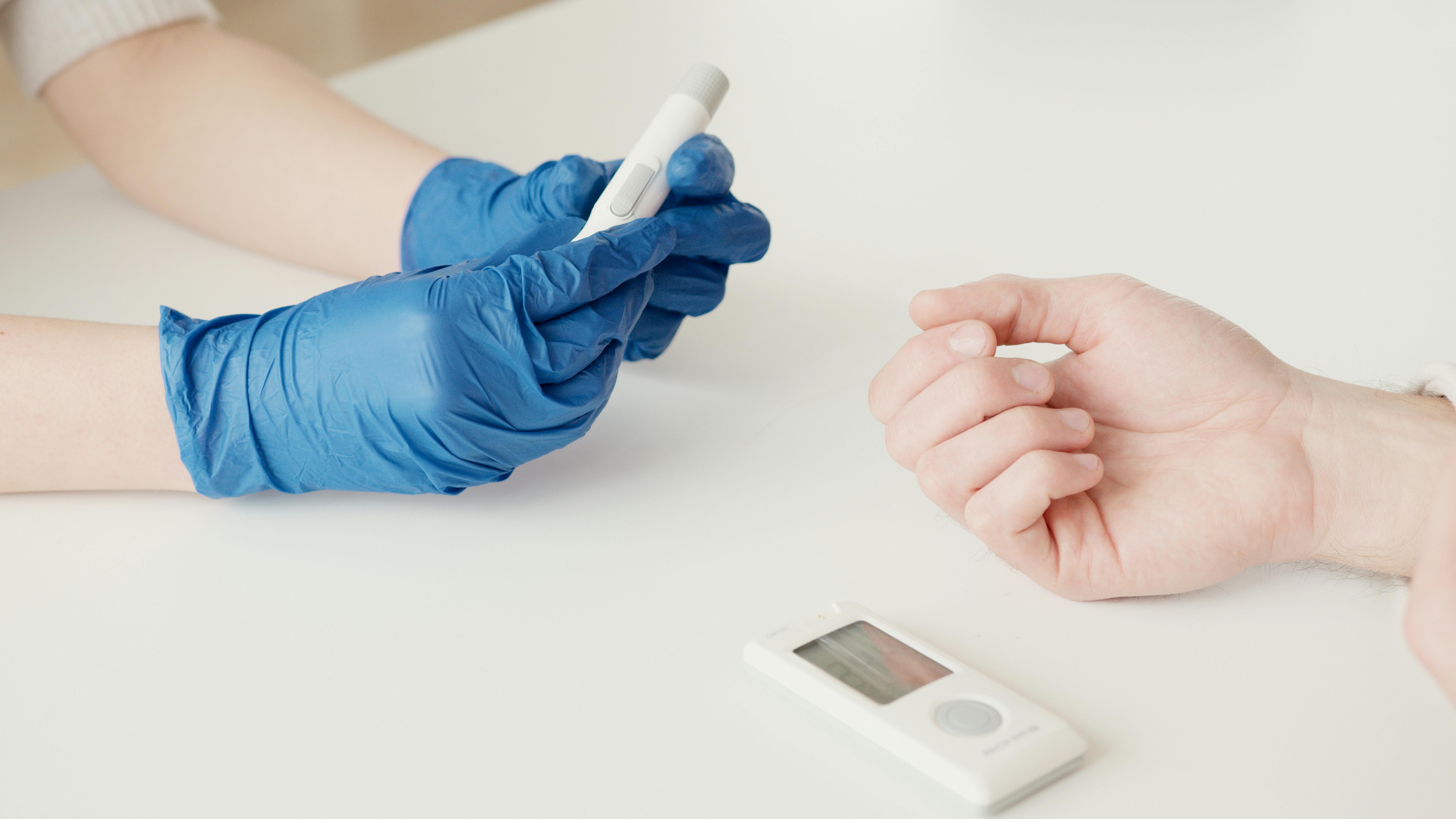One of the most effective ways to communicate with the masses is through a speech. Speeches, delivered correctly, can raise the will and revive morale. This is probably one of the best tools for challenging one’s belief.
The speeches are not only based on intonation and the application of a large number of emotions. Its effectiveness is improved with the use of Rhetoric. Rhetorical language was used in oral communication even during the time of Plato and Socrates. Information and beliefs are creatively disseminated through the use of this magnificent device. The rhetoric is reflected in many forms. The use of figurative language is one of its famous forms. Playing with the syllables and sounds of words is another type. These forms, no matter how they were designed, guarantee the flavor of a speech.
Taking a look at Robert C. Byrd’s speech, delivered on the March 19, 2003 Senate Floor in Washington, DC, which contains a generous amount of rhetorical devices.
In the first paragraph of the speech, the lines: “I have studied… I have glorified… I have marveled” (Byrds, 2003) appeared consecutively. The form is composed mainly of the pair “I have” then a verb in the past tense. This pattern is actually a rhetorical device called Anaphora.
Another boilerplate statement was presented in the second paragraph. The lines, “our friends mistrust us; our word is disputed; our intentions are questioned.” The continuous negation of concepts in trios indicates that the statement is an instance of Tricolon. This rhetorical device is sometimes called the “Rule of Three”, due to having three consecutive statements with the same pattern.
The sixth paragraph gave a brief look back on the devastating event. What happened at the event was still fresh in people’s minds, so the reason for jogging your memory is discredited. Rather, the summary was said to make the audience evoke their feelings during those moments. Asyndeton, was used to invoke these feelings again and bring them to a realization. The absence of conjunctions or connectors made the flow of the statement smooth and fast enough for feelings to resurface.
“…Pentagon towards a tangible villain, one we can see and hate and attack. And villain he is. But it’s the wrong villain…” (Byrds, 2003) The villain being referred to here is Saddam Hussein. There was a direct relationship with Saddam and a comparison of how he sought to vindicate him for all his alleged crimes. The villain here is clearly Saddam Hussein. A slight and indirect use of Metaphor was portrayed in this statement.
“What is happening to this country?! — my country, your country, our country?” Taken from the tenth paragraph is another example of Anaphora. The sentence made use of successive statements that are full of emotions that penetrate through the senses. The rhetorical device intensifies what is being delivered with the use of succession.
“Why doesn’t this president seem to realize that America’s true power lies not in its willingness to intimidate, but in its ability to inspire?” (Byrds, 2003) A rhetorical question, which is left for the audience to ponder before the end of the speech.
“Rhetorical devices in action” that is clearly presented in the speech. Rhetorical devices, in fact, spice up the speech with a more impressive look.


